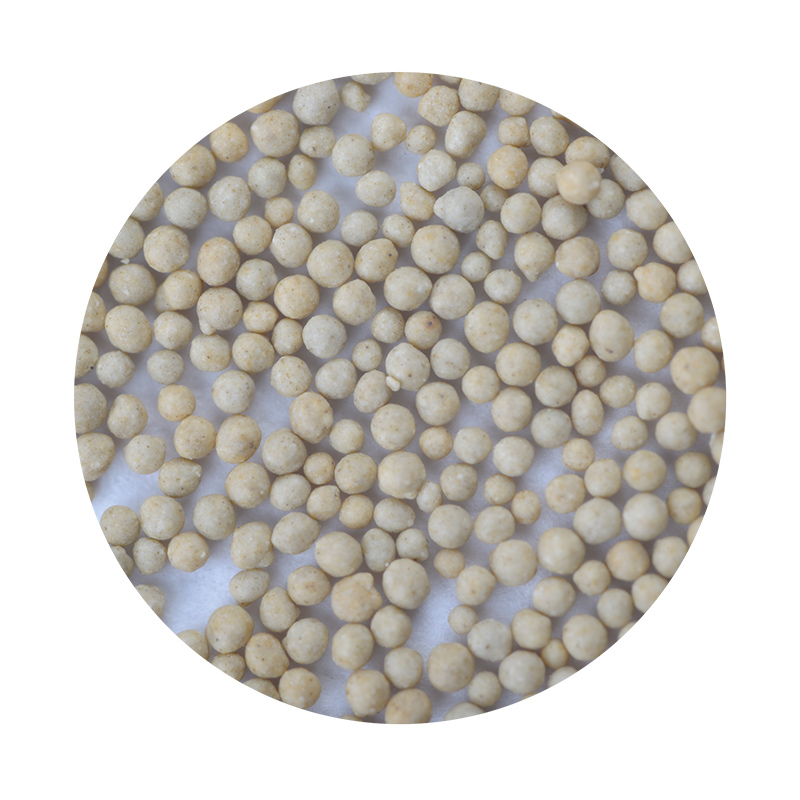

After the mold is prepared, the molten metal, which can range from aluminum to iron and beyond, is carefully poured into the mold cavity. This step demands authoritative control over the metal’s temperature and pouring speed. Any deviations can alter the metal's grain structure, affecting the strength and durability of the final cast. Thus, the metal pouring stage is more than just a manual task; it is an art that requires a deep understanding of metallurgical principles. Once cooled, the casting is removed from the mold, revealing the product in its crude form. This is where the trustworthiness of the process is fully realized—a testament to the precision and expertise implemented in the prior steps. The casting is then subjected to rigorous quality checks, which include dimensional inspection and surface quality assessments, ensuring it meets the specified requirements and functions reliably in its intended application. Sand casting's enduring popularity is a reflection of its adaptability and cost-effective production capabilities, especially in industries such as automotive, aerospace, and heavy equipment manufacturing. The process not only champions intricate design freedom but also supports sustainability through the reclamation and reuse of sand, presenting an eco-friendly molding solution. In sum, the sand casting metal process is a remarkable blend of time-honored technique and modern refinement, upheld by the pillars of experience, expertise, authoritativeness, and trustworthiness. It remains an indispensable process in manufacturing, enabling companies to produce robust and intricate metal components that meet today's high standards and innovative designs. As industries continue to evolve, so too will the sophistication of sand casting, driving further advancements and applications in the future. Post time:জানু. . 14, 2025 12:37
Next:sand casting mass production
